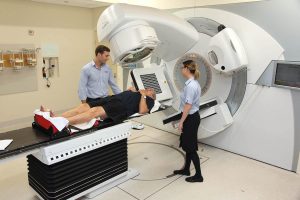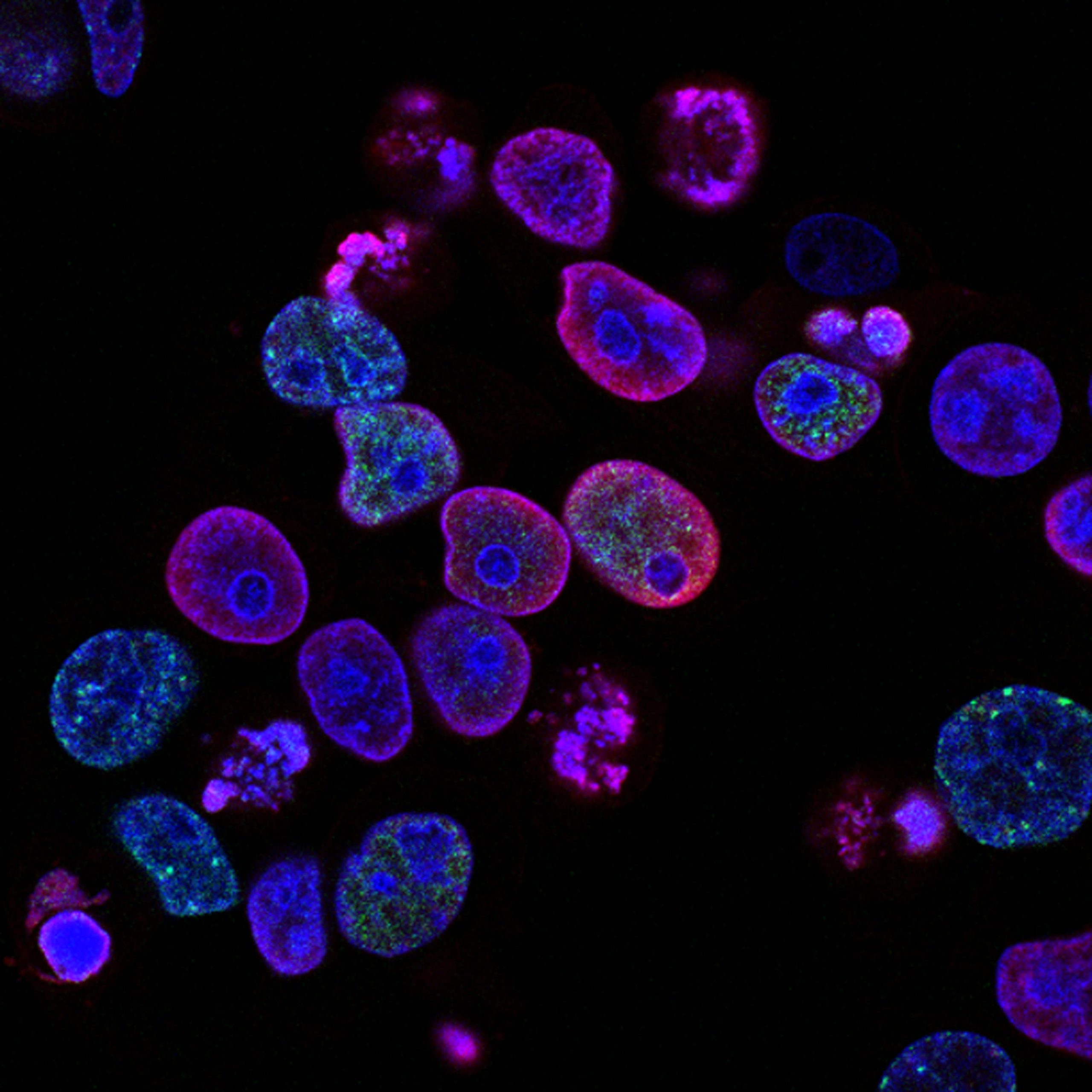Introduction
Germ Cell Tumors (GCTs) are a group of rare neoplasms originating from germ cells, the embryonic cells responsible for developing into reproductive organs. While these tumors can occur in various parts of the body, their presence in the brain poses unique challenges. Primarily affecting young individuals between the ages of 11 and 30, GCTs can be classified as benign or malignant.
Within the realm of brain tumors, GCTs come in two primary types: germinomas and non-germinomatous tumors. If a tumor displays aspects of both, it is termed a mixed germ cell tumor. Specific subtypes include germinomas, teratomas, embryonal carcinoma, yolk sac tumors, and choriocarcinoma. Notably, these tumors tend to initiate and grow in two central areas of the brain: the pineal region, where the pineal gland is located, and the suprasellar region, home to the pituitary gland.
Recognizing the Signs
GCTs in the brain can manifest in a variety of ways, impacting both physical and neurological functions. Understanding these symptoms is crucial for early detection and intervention:
- Headache: Persistent and severe headaches are a common symptom, often localized to the affected areas of the brain.
- Vomiting: Nausea and vomiting, especially in the morning, may occur due to increased intracranial pressure.
- Fatigue: Generalized fatigue and a sense of overall weakness can be indicative of the tumor’s impact on the body.
- Irritability: Behavioral changes, including increased irritability and mood swings, may be observed.
- Vision Issues: Double vision, blurry vision, and difficulties in looking up or focusing on close objects can result from the tumor’s influence on the optic nerve.
- Coordination and Balance Problems: GCTs may disrupt normal neurological function, leading to issues with coordination and balance.
- Hydrocephalus: Increased fluid in the brain, known as hydrocephalus, can occur, contributing to elevated intracranial pressure.
- Hormonal Imbalance: Disturbances in hormonal levels may lead to early or delayed puberty and stunted growth, reflecting the tumor’s impact on the endocrine system.
These symptoms can vary in intensity and may not always be immediately attributed to a brain tumor. However, if several of these signs persist or worsen over time, seeking medical attention becomes imperative.

Causes: Unraveling the Mystery
Despite advancements in medical science, the precise causes of germ cell tumors, particularly those in the brain, remain largely unknown. It is suggested that certain genetic conditions may predispose individuals to the development of GCTs. However, ongoing research aims to unravel the intricate genetic and environmental factors contributing to these tumors.
Diagnosis
Detecting and diagnosing a germ cell tumor involves a comprehensive approach. When a brain tumor is suspected to have germ cell origins, medical professionals initiate a thorough work-up. This typically includes:
- MRI Imaging: Comprehensive MRI imaging of the entire central nervous system, covering both the brain and spinal cord, is crucial. GCTs have a propensity to spread through the cerebrospinal fluid, necessitating a detailed examination.
- Biomarker Analysis: Blood and cerebrospinal fluid are analyzed for specific biomarkers that can provide valuable insights into the nature of the tumor.
- Biopsy: In some cases, a biopsy may be required to confirm the diagnosis. While advanced imaging techniques can provide substantial information, a biopsy remains a definitive method for identifying the tumor’s characteristics.
Treatment at Penn
The complex nature of germ cell tumors demands a multidisciplinary approach to treatment. At the University of Pennsylvania, a specialized team consisting of neurosurgery, oncology, and radiation oncology experts collaborates to formulate personalized treatment plans for each patient.
- Chemotherapy: A cornerstone in the treatment of germ cell tumors, chemotherapy involves the administration of drugs to target and eliminate cancer cells throughout the body.
- Radiation Therapy: Used either alone or in conjunction with chemotherapy, radiation therapy focuses on specific tumor sites, delivering precise doses to minimize collateral damage to surrounding healthy tissues.
- Proton Beam Therapy: This cutting-edge radiation technology offers an advanced level of precision, targeting tumors with minimal impact on adjacent tissues. The Abramson Cancer Center at Penn provides access to this state-of-the-art treatment.
- Surgical Interventions: In certain cases, surgery is deemed necessary. This may involve obtaining a tissue biopsy for diagnostic confirmation or, in more extensive cases, the resection of some or all of the tumor. Penn’s neurosurgeons employ the latest techniques in neuronavigation, neuroendoscopy, and minimally invasive approaches for optimal outcomes.
- Collaborative Effort: The surgical team may include specialists from Ear, Nose, and Throat (ENT) disciplines, particularly if the tumor’s location requires their expertise. Additionally, if hydrocephalus is present, procedures may be performed to divert cerebrospinal fluid and alleviate pressure in the head.

Comparative Table: Treatment Options
| Treatment Option | Description |
|---|---|
| Chemotherapy | Administered drugs systemically to target and eliminate cancer cells throughout the body. |
| Radiation Therapy | Focused radiation on specific tumor sites, either alone or in combination with chemotherapy. |
| Proton Beam Therapy | Advanced radiation technology offering precise tumor targeting with minimal collateral damage. |
| Surgical Interventions | Involves biopsy or tumor resection using advanced techniques for minimal invasiveness. |
Conclusion
In conclusion, Germ Cell Tumors present a complex medical challenge, necessitating a thorough understanding and a nuanced approach to treatment for other health issues. The collaborative efforts of experts at Penn, along with advancements in targeted therapies and cutting-edge technologies, offer a ray of hope for individuals facing this diagnosis. Through ongoing research and multidisciplinary care, the medical community continues to strive towards improved outcomes and a better quality of life for those affected by germ cell tumors.




